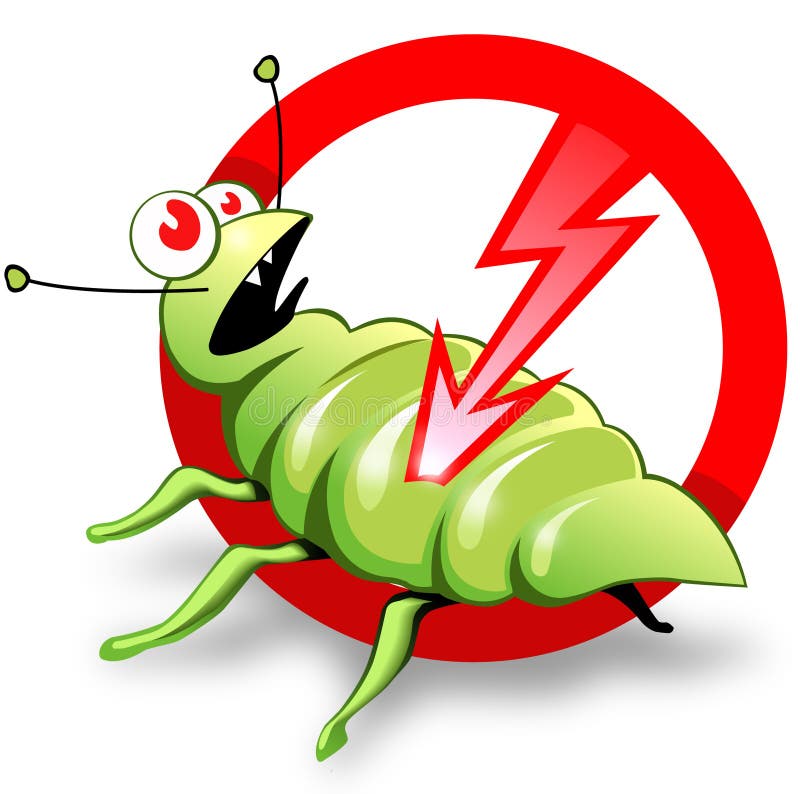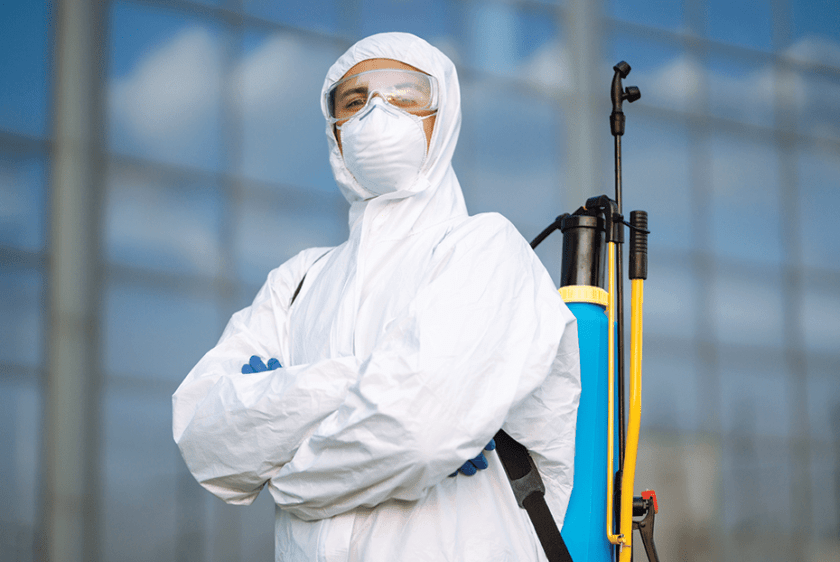Discovering Problem and Treatment Techniques in the Globe of Pest Control
The landscape of insect control encompasses a myriad of challenges, particularly as problems of usual household pests continue to progress. By integrating preventative procedures with advanced administration techniques, such as Integrated Parasite Management (IPM), homeowners can better protect their settings.

Common Family Pests
When it concerns managing our home, comprehending usual house pests is crucial. These insects not just interrupt our comfort but can also present health and wellness threats and damages residential property. The most prevalent house parasites consist of ants, roaches, rats, termites, and bed insects.
Ants, often seen foraging in kitchen areas, can pollute food and develop huge nests. Cockroaches, understood for their resilience, can trigger allergies and spread microorganisms. Rats, including computer mice and rats, can trigger architectural damages and lug illness like hantavirus and salmonella. Termites, frequently referred to as "silent destroyers," can endanger the stability of wooden structures, leading to costly repair services. Bed pests, although not illness carriers, can trigger significant discomfort via their bites and lead to psychological distress.
Acknowledging the indicators of these bugs, such as droppings, nests, or bite marks, is essential for very early intervention (Pest Control Lockhart). Proper hygiene practices, securing access factors, and keeping a clutter-free environment work preventative procedures. By recognizing these usual home insects and comprehending their actions, property owners can take aggressive steps to reduce invasions, making certain a much healthier living atmosphere
Comprehending Parasite Infestations
Insect problems can rise rapidly, turning a small annoyance right into a substantial problem if not attended to immediately. Comprehending the nature of these infestations is critical for effective monitoring. Pests can attack household and commercial areas for various factors, consisting of the look for food, shelter, or breeding premises. Common factors contributing to problems consist of inadequate hygiene, architectural vulnerabilities, and seasonal changes that drive parasites indoors.
Recognizing the kind of insect is essential, as different types display diverse actions and reproductive rates. Rats may develop nests in surprise locations while insects like cockroaches thrive in moist settings. Early detection commonly rests on acknowledging indications such as droppings, chomp marks, or unusual sounds, which can show a problem before it becomes serious.
Warm, moist environments can facilitate the quick growth of insect populations, while adjustments in landscaping or construction can accidentally develop helpful atmospheres. An informed technique to understanding these dynamics lays the groundwork for efficient insect management techniques in the future.
Therapy Techniques and Strategies
Effective therapy methods and methods are crucial for mitigating pest infestations and bring back a risk-free setting. A multifaceted approach is commonly best, incorporating chemical, biological, and mechanical methods customized to the details bug and the extent of the infestation.
Chemical therapies include using pesticides and herbicides, which can properly get rid of pests. Correct application and adherence to safety standards are critical to reduce threats to people and non-target microorganisms. Integrated Pest Administration (IPM) encourages the cautious usage of chemicals as a last resource, counting rather on surveillance and her latest blog threshold degrees to establish treatment needs.
Biological control techniques include introducing all-natural predators or parasites to minimize look at these guys insect populaces. This method is progressively preferred, especially in agricultural settings, as it promotes environmental sustainability.
Mechanical approaches, such as catches and obstacles, provide instant alleviation from parasites without presenting chemicals. Alternatives include sticky catches for pests or physical obstacles for rats.
Ultimately, the selection of treatment method must take into consideration the specific bug, the environment, and potential influence on human health and ecological communities. A well balanced mix of these techniques can properly take care of problems while advertising lasting bug control options.
Safety Nets for Residence
Proactively attending to pest issues before they escalate is essential for keeping a healthy and balanced home environment (Pest Control Lockhart). Applying reliable precautionary procedures can dramatically decrease the probability of infestations, eventually protecting both your property and health

Appropriate landscape design also plays a crucial function in avoidance. Keeping bushes and trees trimmed away from the house lowers the opportunities of parasites locating their means inside. Ensure that drainage systems are functioning effectively to protect against standing water, which can attract in mosquitoes and other insects.
Finally, routine inspections are advisable. Consistently looking for signs of pest task permits very early intervention. By embracing these safety nets, property owners can create an atmosphere that is less hospitable to parasites, thereby enhancing their total quality of life and decreasing the demand for considerable insect control interventions.
Commercial Insect Control Strategies
A thorough method to business bug control is essential for services intending to maintain a risk-free and sanitary environment. Efficient techniques include a combination of normal assessments, staff member training, and the application of Integrated Parasite Management (IPM) techniques.
Normal assessments make it possible for very early detection of bug activity, allowing for prompt intervention. Services should create a routine schedule for these analyses, focusing on high-risk areas such as cooking areas, storage areas, and waste disposal websites. Worker training is equally important; personnel must be educated on the indications of pest invasions and the importance of reporting them promptly.
Applying IPM methods aids reduce insect concerns sustainably. This consists of habitat adjustment, such as sealing entrance factors and minimizing mess, along with utilizing all-natural deterrents before resorting to chemical therapies.

Moreover, collaborating with a certified insect control service provider ensures access to specialist understanding and sophisticated treatment options. This collaboration can cause customized parasite control intends customized to the details needs of the business, lessening threats and enhancing general efficacy. Ultimately, a positive and enlightened method promotes a pest-free atmosphere, guarding both public health and wellness and organization track record.
Final Thought
In verdict, effective insect control demands a comprehensive understanding of usual house pests and their actions, combined with targeted treatment methods. Applying precautionary actions together with treatment methods such as Integrated Pest Monitoring and organic control enhances the capability to reduce infestations.